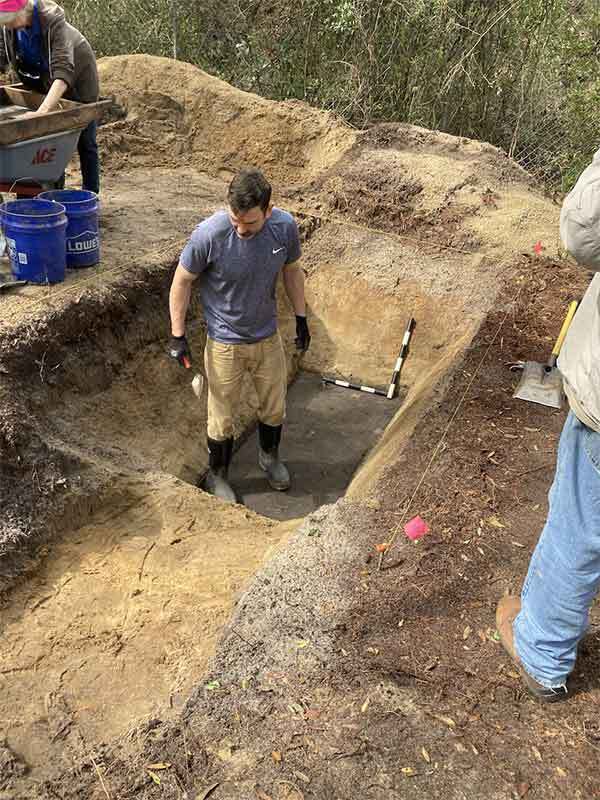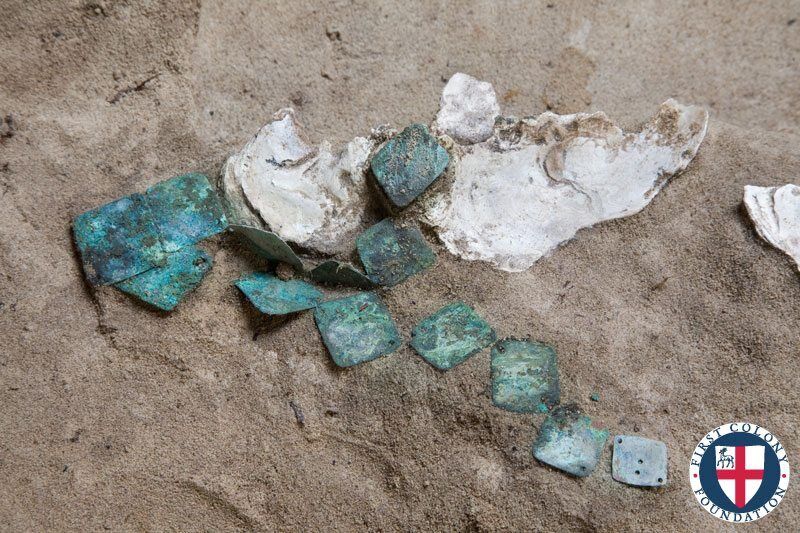Trending:
Archaeologists discover new clues about the lost colony of Roanoke, a mystery that has been worrying explorers for centuries

Archaeologists have found interesting data on the fate of the lost English settlement, the Lost Colony. At the end of the sixth century, these people disappeared from Roanoke Island in North Carolina.
The story of the English settlement is one of the most fascinating mysteries in American history. Archaeologists from The First Colony Foundation have made an important step toward solving it, Archeonews reports.
How did it happen?
John White led a group of about 115 English settlers who arrived on Roanoke Island, located just off the east coast of present-day North Carolina, in 1587. The first attempt to colonize the island had failed a few years earlier, so the settlers were the second group to try it.
Even from the early days, the settlers had a difficult relationship with some of the indigenous tribes that lived in the area. Eventually, White returned to England to ask for help for his growing community.
Along with other settlers, he left behind his wife, daughter Eleanor Dare and her husband Ananias Dare, and his young granddaughter Virginia, the first English child born in America.
White arrived in England at the same time as the Spanish Armada was preparing to invade the country, which unfortunately delayed his return to the colony. When he returned to Roanoke in 1590, his family and other settlers had disappeared. The word "croatoan" carved into a tree was the only meaningful hint of what happened to them. The word probably referred to the island of Croatoan, which is about 80 kilometers to the south.
There are different explanations for what happened to the "lost" settlers of the Roanoke Colony today. Some believe that the colonists tried to return to England on smaller ships, some claim that they were attacked by the Spanish, and some that the local Indian communities killed them all.
However, the most plausible answer is the one that is truly based on the evidence obtained at the scene. Most likely, the colonists simply became part of the local indigenous communities and eventually merged into them.
In search of settlers
Recently, researchers have focused their efforts on the Elizabethan gardens in Manteo in an effort to learn more about the fate of the English settlers. There they found additional evidence of a homestead belonging to an indigenous community. The homestead was known as the "Algonquian village of Roanoke", and it was here that the colonizers settled in 1584.
Excavations continued one after another. Archaeologists from The First Colony Foundation have uncovered what they believe are tantalizing clues.
They unearthed sherds of Algonquian pottery dating back to the 1500s, as well as a copper wire ring that they believe could be an earring once worn by a warrior from the indigenous tribe.
"The discovery of domestic pottery used for cooking in close proximity to Native American jewelry strongly suggests that we are digging in the middle of a settlement. And Roanoke is the only known village at this site," Dr. Eric Klingelhofer, Vice President of Research at the First Colony Foundation, said.
The scientist also noted that a ring indicates a connection with the British.
It was made of drawn copper, and Klingelhofer believes that the jewelry was brought to the Americas by English explorers as part of their trade goods. The indigenous peoples did not have the technology to make such rounded strands, and French and Spanish explorers did not dare to go as far north as Roanoke Island to trade.
A copper ring could be a valuable trade item. Historians say copper had spiritual significance for indigenous tribes.
Although the artifacts were discovered last summer, the goal of the recent excavation was to find evidence of a homestead where Algonquian families lived, worked, and farmed. Archaeologists found charcoal and fragments of Algonquian pots.
The evidence from the last two excavations seems to support the theory that the village of Roanoke was enclosed by a palisade (surrounded by high walls) with about nine houses in which the elite warrior class lived. The working class lived outside the walls on farmsteads, growing crops for themselves and the ruling class.
"The objects we found are important. But their relation to different soils shows a connection to the past, and together this is what tells the story. And we are beginning to understand that this place was more like a capital with a tribal residence where the ruler or chief lived, and it was enclosed by a palisade to protect him," Klingelhofer said.
The chief ruled over an area that included modern-day County Dare, Roanoke Island and part of the mainland during the time of English exploration and colonization.
"The village was described as a palisaded village because researchers came here and recorded it. And these findings add to our history," Klingelhofer added.
History suggests that the colonists intended to move about 80 kilometers inland; Salmon Creek is about that distance.
The First Colony Foundation has been working on two sites in the area for many years, and researchers are looking for a third site. Another exploration is planned for this summer at the nearby Fort Riley National Historic Site. The goal is to find evidence of the original colonial settlement.
Only verified information is available on OBOZ.UA Telegram channel and Viber. Do not fall for fakes!





























